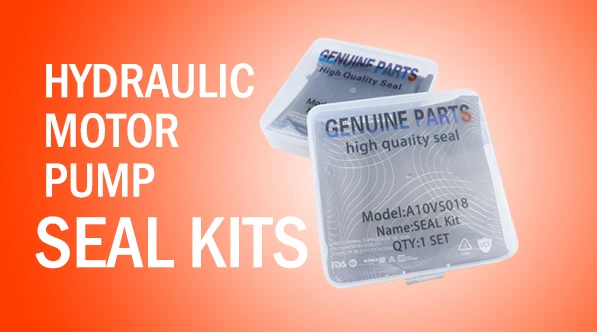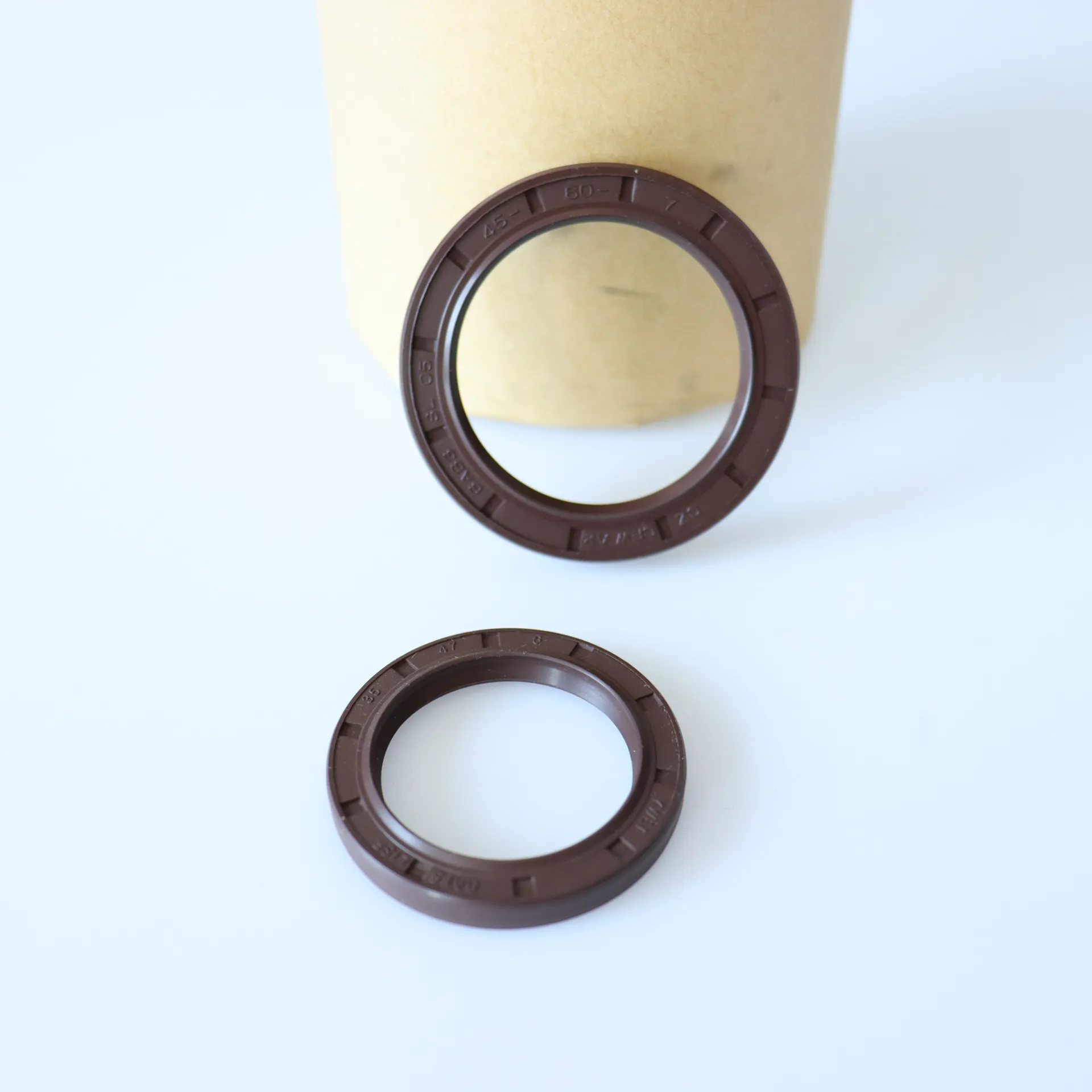Feb . 13, 2025 13:19 Back to list
rotary oil seals


Authoritativeness in this field is often exhibited by adherence to strict manufacturing standards. Recognized bodies such as the International Organization for Standardization (ISO) set benchmarks for quality assurance and performance testing of rotary oil seals. Leveraging these standards, companies can assure their clients of the seals’ durability and reliability, fostering a deeper trust in the marketplace. Building trustworthiness also involves providing transparency regarding product performance and potential limitations. Trusted suppliers proactively share data from rigorous testing procedures, including results from stress tests under extreme conditions. This transparency builds a consumer confidence that fuels long-term relationships and repeat business. An often-overlooked factor is the installation process. Even the best-designed seals can underperform if improperly installed. It is crucial for technicians to be well-trained in installation practices, ensuring alignment and lubrication are adequately addressed to prevent early seal degradation. Furthermore, regular inspection and timely replacement are indispensable for maintaining optimal functionality of rotary oil seals. In conclusion, rotary oil seals are more than just mechanical components; they are pivotal to the ecosystem of machinery maintenance and efficiency. By focusing on precise material selection, understanding operational requirements, adhering to authoritative standards, and ensuring proper installation, the reliability and longevity of machinery can be significantly enhanced. This holistic approach not only satisfies the criteria of E-E-A-T but also forms a robust foundation for advancing mechanical engineering practices, leading to heightened trust and satisfaction among industry stakeholders.
-
TCN Oil Seal Metal Ring Reinforcement for Heavy Machinery
NewsJul.25,2025
-
Rotary Lip Seal Spring-Loaded Design for High-Speed Applications
NewsJul.25,2025
-
Hydraulic Cylinder Seals Polyurethane Material for High-Impact Jobs
NewsJul.25,2025
-
High Pressure Oil Seal Polyurethane Coating Wear Resistance
NewsJul.25,2025
-
Dust Proof Seal Double Lip Design for Construction Equipment
NewsJul.25,2025
-
Hub Seal Polyurethane Wear Resistance in Agricultural Vehicles
NewsJul.25,2025
-
The Trans-formative Journey of Wheel Hub Oil Seals
NewsJun.06,2025
Products categories
















